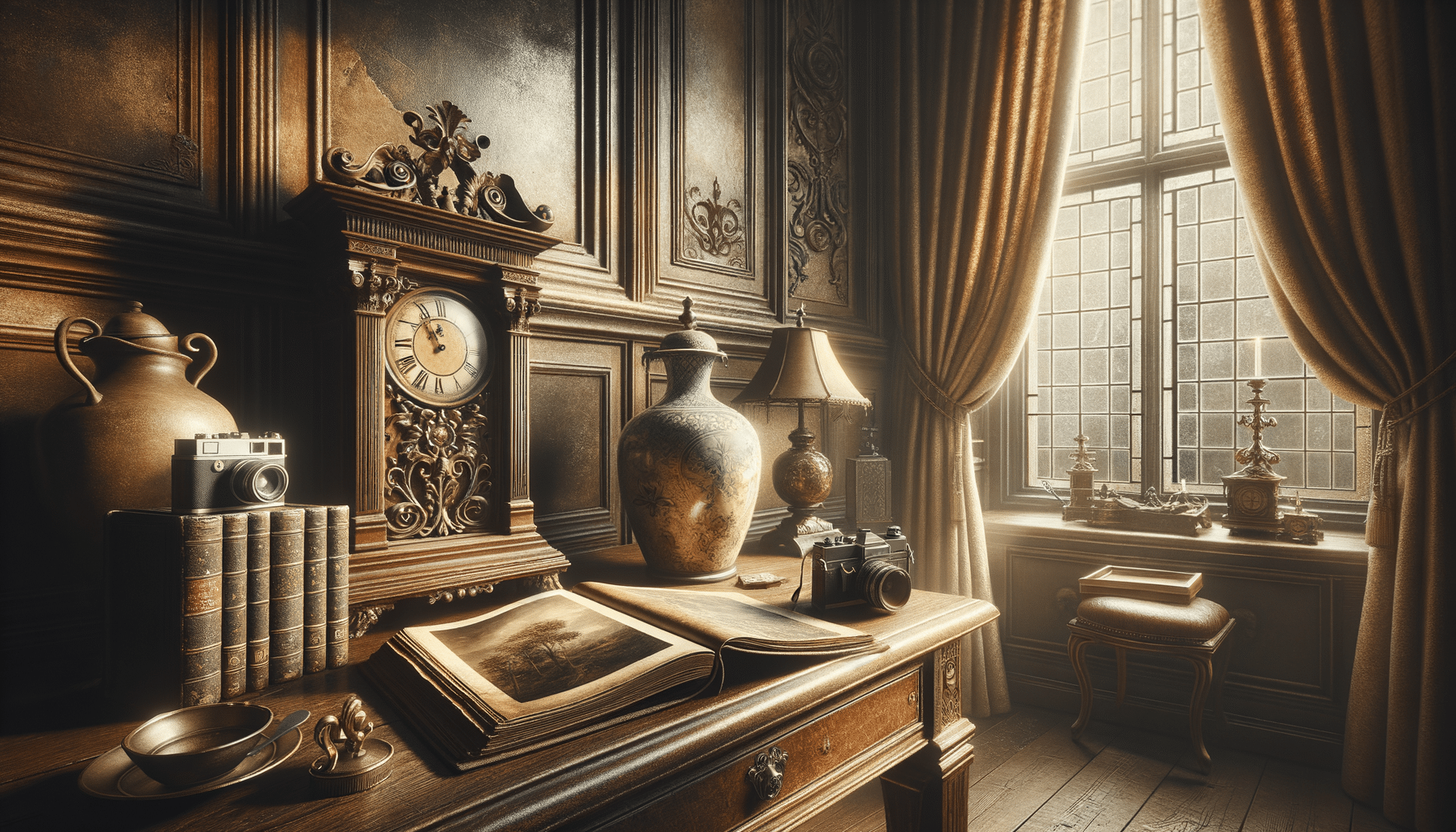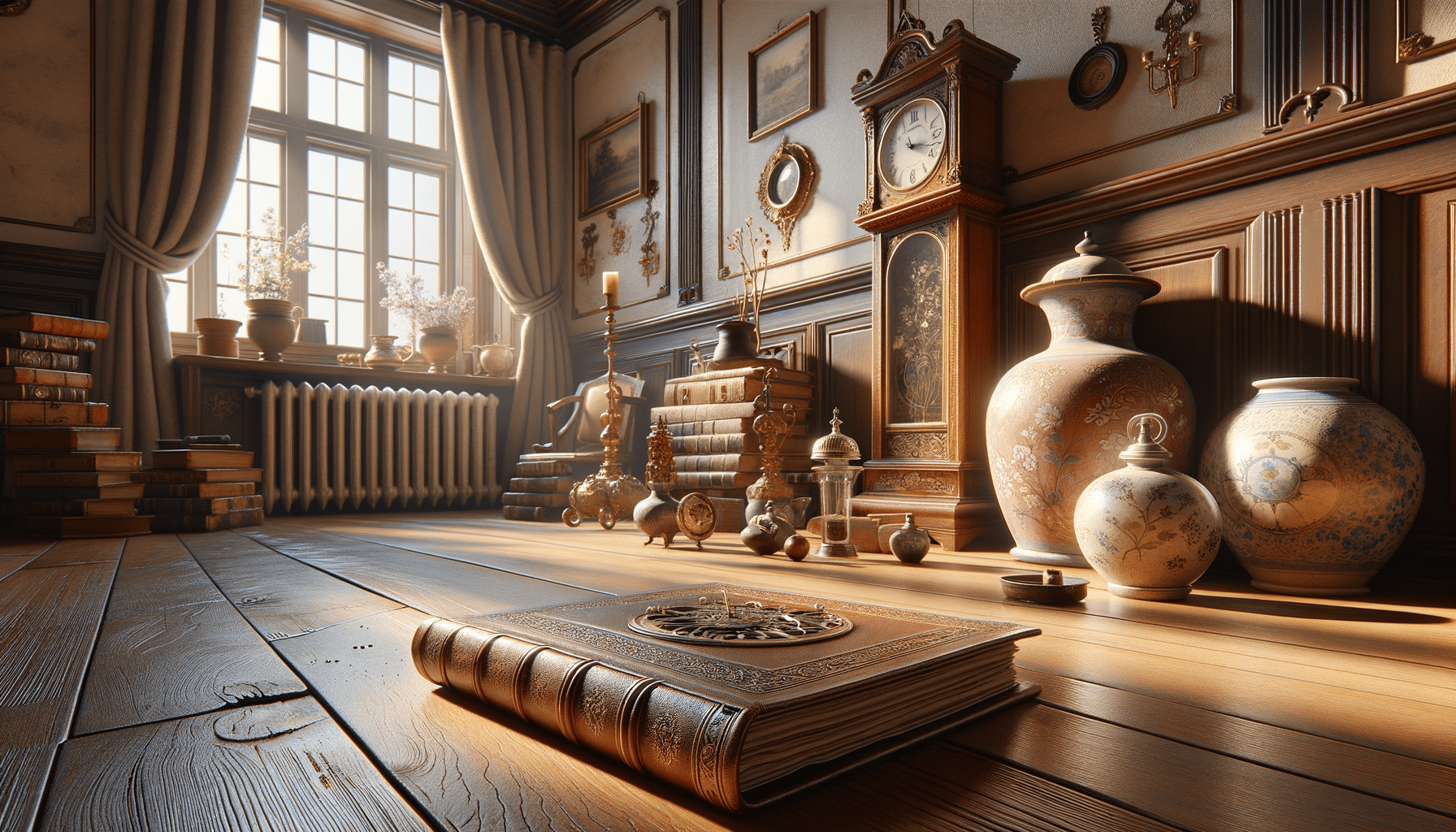
Unlocking the Value of Your Antiques at Home
Introduction to Valuing Antiques
Antiques hold a timeless charm that can captivate both the owner and the collector. From vintage furniture to delicate porcelain, these pieces often carry stories from the past. Evaluating the worth of antiques at home not only uncovers hidden treasures but also connects us with history. Whether it’s a piece passed down through generations or a flea market find, understanding its value can be enlightening and potentially rewarding.
Valuing antiques involves a combination of research, expertise, and sometimes a bit of luck. The process can reveal surprising insights into the history and craftsmanship of everyday items. This article will guide you through the essential steps to assess the value of your antiques, offering tips and insights along the way.
Identifying and Researching Your Antiques
The first step in valuing your antiques is identifying what you have. This involves determining the age, origin, and maker of the item. Start by examining any markings or labels that could provide clues. Books, online databases, and antique reference guides can be invaluable resources in this process.
Once you have identified your piece, research its history and significance. Consider the following:
- Historical significance: Was the item associated with a notable person or event?
- Rarity: Is the piece one of a kind or part of a limited production?
- Condition: Is the item in its original state or has it been restored?
Documenting this information can help you understand the potential value of your antiques and provide a foundation for further appraisal.
Evaluating Condition and Authenticity
The condition of an antique is a critical factor in determining its value. Even a rare piece may lose value if it’s in poor condition. Examine your item for any signs of damage, repair, or restoration. Authenticity is equally important; reproductions or fakes can significantly reduce an item’s worth.
Consider consulting with a professional appraiser to verify authenticity. They have the experience and tools to assess whether your piece is genuine. This step is essential for high-value items, as it can prevent costly mistakes.
Here are some tips to assess condition and authenticity:
- Look for original features: Check for original hardware, finishes, and materials.
- Inspect for repairs: Identify any signs of modern repair or replacement.
- Seek expert advice: Engage a qualified appraiser for a professional opinion.
Understanding Market Trends and Demand
The value of antiques is often influenced by current market trends and demand. What might have been highly sought after a few years ago might not hold the same value today. Keeping abreast of these trends can help you make informed decisions about selling or insuring your antiques.
Market demand can vary based on:
- Popularity of certain styles or periods
- Economic factors influencing collector spending
- Trends in interior design and home decor
Monitoring auction results, antique fairs, and online marketplaces can provide insights into current demand and pricing. Networking with collectors and dealers can also offer valuable perspectives on what is currently in vogue.
Conclusion: Embracing the Journey
Valuing antiques at home is a journey that combines curiosity, research, and appreciation for history. While you may uncover significant monetary value, the true reward often lies in the stories and connections these pieces offer. Whether you are considering selling an item or simply want to understand its significance, the process enriches your understanding of the past.
By following the steps outlined in this article, you can unlock the mysteries of your antiques and perhaps find new appreciation for the treasures within your home. Embrace the journey, and who knows, you might just uncover a hidden gem.


